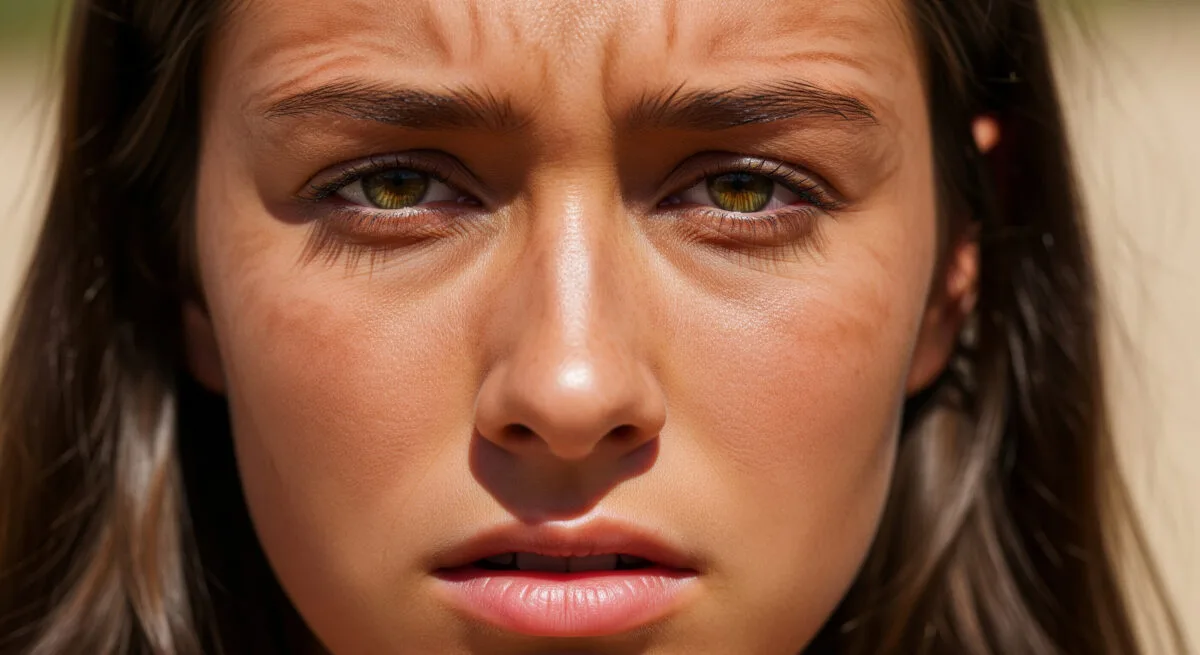A sun tan on the face can make your skin look uneven, dull, and tired. If you’re searching for how to remove tan from face, you’re in the right place. This easy-to-follow guide focuses solely on face tan removal, covering instant fixes, 8 practical home remedies, a simple 7-day plan, overnight options, prevention tips, and when to consult a dermatologist. Everything below uses safe, realistic steps you can start today.
Why does the face get tanned?
When your skin is exposed to sunlight, it produces more melanin, the pigment that darkens skin to protect it from UV damage. That increase in melanin is what we see as a tan. The face is especially likely to develop a tan because it’s often exposed, such as when walking outside, driving, or even standing near windows. Other factors that exacerbate tanning include pollution, heat, friction (such as rubbing or picking at the skin), and certain hormones or medications that increase pigmentation.

Mild to moderate tanning usually responds well to home care. If your pigment is patchy, very dark, or has been present for months despite treatment, schedule a consultation with a skin specialist.
Quick, safe fixes to reduce tan appearance
If you need a quick improvement in how your face looks (not full medical removal), try one of these safe options:
- Cold compress + Vitamin C serum: Press a cool, damp cloth on your face for 1–2 minutes, then apply a few drops of a stable vitamin C serum. This reduces redness and brightens skin tone fast.
- Gentle chemical exfoliation: Use a mild AHA (like lactic acid) product once to remove top dead cells. This can instantly improve appearance. Don’t overuse acids.
- Soothing overnight pack: Apply pure aloe vera gel or plain yogurt overnight to calm inflamed skin and help fade tan more slowly but safely.
Always patch test new products on your forearm before applying them to your face, and avoid using strong acids if your skin is broken, inflamed, or very sensitive.
8 best home remedies to remove tan from face (how to use them)

Below are simple, proven remedies for face tan removal. For each one, I explain why it helps, how to prepare it, how to use it, and important precautions.
1. Aloe vera – calm, repair, and fade
Why: Aloe vera soothes sun-damaged skin and helps repair cells, which gradually reduces tan.
How to use: Apply pure aloe vera gel on the face at night and leave for 30–60 minutes, or keep it overnight. Use daily for several weeks.
Precaution: Use pure gel (not heavily fragranced products).
2. Yogurt + turmeric – gentle brightening)
Why: Yogurt contains lactic acid (a mild exfoliant). Turmeric is anti-inflammatory and can reduce pigmentation.
How to prepare: Mix 1 tablespoon plain yogurt with a pinch of turmeric.
How to use: Apply for 10–15 minutes, rinse with lukewarm water. Use 2–3 times a week.
Precaution: Turmeric may stain temporarily; avoid if your skin is extremely sensitive.
3. Tomato pulp – natural vitamin C boost
Why: Tomato has natural acids and vitamin C that help brighten skin and reduce tan.
How to use: Rub half a ripe tomato or apply tomato pulp mixed with a little honey for 10 minutes, then wash off. Use 2–3 times a week.
Precaution: Avoid open cuts – the tomato can sting.
4. Potato juice – gradual lightening
Why: Potato has enzymes that may help lighten dark spots slowly.
How to use: Grate a potato, squeeze the juice, apply with a cotton pad for 10–15 minutes, rinse. Use every other day.
Precaution: May dry the skin; follow with a moisturizer.
5. (Lemon + honey) brightening (use rarely)
Why: Lemon’s citric acid lightens; honey soothes and moisturizes.
How to prepare: Mix 1 teaspoon of lemon juice with 1 teaspoon of honey.
How to use: Apply for 5–10 minutes, then rinse. Use once a week at night only.
Precaution: Lemon increases sun sensitivity and can irritate. Always use it at night and wear sunscreen the next day.
6. Cucumber paste – cooling and soothing
Why: Cucumber calms inflammation and gently lightens affected skin.
How to use: Blend the cucumber into a paste, apply for 15–20 minutes, rinse. Use daily after sun exposure for quick relief.
Precaution: Very gentle, safe for most skin types.
7. Gram flour (besan) + turmeric scrub – gentle exfoliation
Why: Besan cleans and lightens; small scrub action removes dead cells that trap pigment.
How to prepare: Mix 1 tablespoon besan + pinch of turmeric + a little milk/water to form a paste.
How to use: Apply and rub gently for 30–60 seconds, then leave for 5–10 minutes and wash. Use once weekly.
Precaution: Don’t over-scrub — keep pressure light.
8. Oatmeal + milk – soft exfoliation for sensitive skin
Why: Oatmeal soothes while milk gives mild lactic acid exfoliation.
How to use: Mix ground oatmeal with milk into a paste, apply for 10 minutes, rinse. Use twice weekly.
Precaution: Great for dry or reactive skin.
A simple 7-day detan plan you can follow
Follow this short weekly routine to start noticing changes in tone and texture. Repeat weekly for 4–6 weeks for visible results.
- Day 1 (Clean + Repair): Cleanse gently. Apply aloe vera gel at night.
- Day 2 (Exfoliate): Use a mild AHA wipe or oatmeal scrub. In the morning, apply a vitamin C serum and sunscreen.
- Day 3 (Brighten): Use a tomato or yogurt + turmeric pack at night (patch test first).
- Day 4 (Soothe): Apply cucumber + aloe for 15–20 minutes. Moisturize well.
- Day 5 (Exfoliate + Treat): Gentle besan scrub once, then apply yogurt pack.
- Day 6 (Repair): Aloe vera overnight and a nourishing moisturizer.
- Day 7 (Maintain): Potato juice application or a gentle brightening serum; apply sunscreen during the day.
Keep the routine consistent and protect your skin from the sun while it heals.
Overnight fixes what to expect
You can reduce the appearance of tan overnight, but complete removal rarely happens in a single night. Overnight options that help visibly calm and brighten skin include:
- Aloe vera is applied overnight for repair.
- Vitamin C serum at night to start brightening (use a stable formula).
- Yogurt or honey masks to hydrate and gently exfoliate.
These methods reduce inflammation and give a brighter look by morning, but the pigment itself needs time to fade.
When to consider professional treatments
If home remedies don’t help after several weeks or your pigmentation is severe, consider clinical options with a dermatologist:
- Mild chemical peels (glycolic, lactic) to remove pigmented top layers.
- Microdermabrasion for mechanical resurfacing.
- Laser treatments for deeper or stubborn pigmentation.
- Prescription topical creams that reduce melanin production.
Always consult a qualified dermatologist for these treatments and follow pre- and post-care instructions closely.
If you want trustworthy prevention advice, see our guide on How to Choose Sunscreen for tips on SPF, reapplication, and ingredients.
Prevention: how to avoid re-tanning
Stopping a tan is easier than removing one. These daily habits are essential:
- Sunscreen: Use broad-spectrum SPF 30+ every morning and reapply every 2–3 hours outdoors. (Read more at How to Choose Sunscreen.)
- Physical protection: Wear wide-brim hats and sunglasses; use an umbrella or seek shade during peak sun hours (10 AM–3 PM).
- Antioxidants: Add a vitamin C serum to your morning routine to protect against free radicals.
- Gentle exfoliation: Once a week to remove dead skin that traps pigment.
- Hydration and repair: Moisturize and use soothing ingredients like aloe vera to keep the skin barrier strong.
These steps lower the chance of new tan and help your face keep an even tone.
Do’s & Don’ts for safe detanning
Do: patch test remedies, follow instructions, moisturize, and use SPF daily.
Don’t: use harsh household bleach, overuse lemon or acids, scrub aggressively, or mix many active ingredients at once. If you’re unsure what’s safe for your skin, check with a professional. You may find our Skin Care Routine for Oily and Dry Skin helpful for tailoring treatments to your skin type.
FAQs
How to remove tan from face naturally?
Use aloe vera, yogurt, cucumber, or potato packs, exfoliate gently, and always apply sunscreen.
What is the fastest way to remove tan from the face at home?
Cool compress + vitamin C and gentle exfoliation can improve appearance quickly, but full removal takes several days to weeks.
Can I remove sun tan from my face overnight?
You can reduce redness and brighten tone overnight, but full detanning usually requires consistent care over time.
How often should I use home remedies to detan?
Most packs are safe 2–3 times a week; exfoliate gently once a week. Avoid daily acidic packs.
When should I see a dermatologist?
If tan persists after 6–8 weeks, if you have dark patches that don’t fade, or if pigmentation appears suddenly, see a dermatologist.













